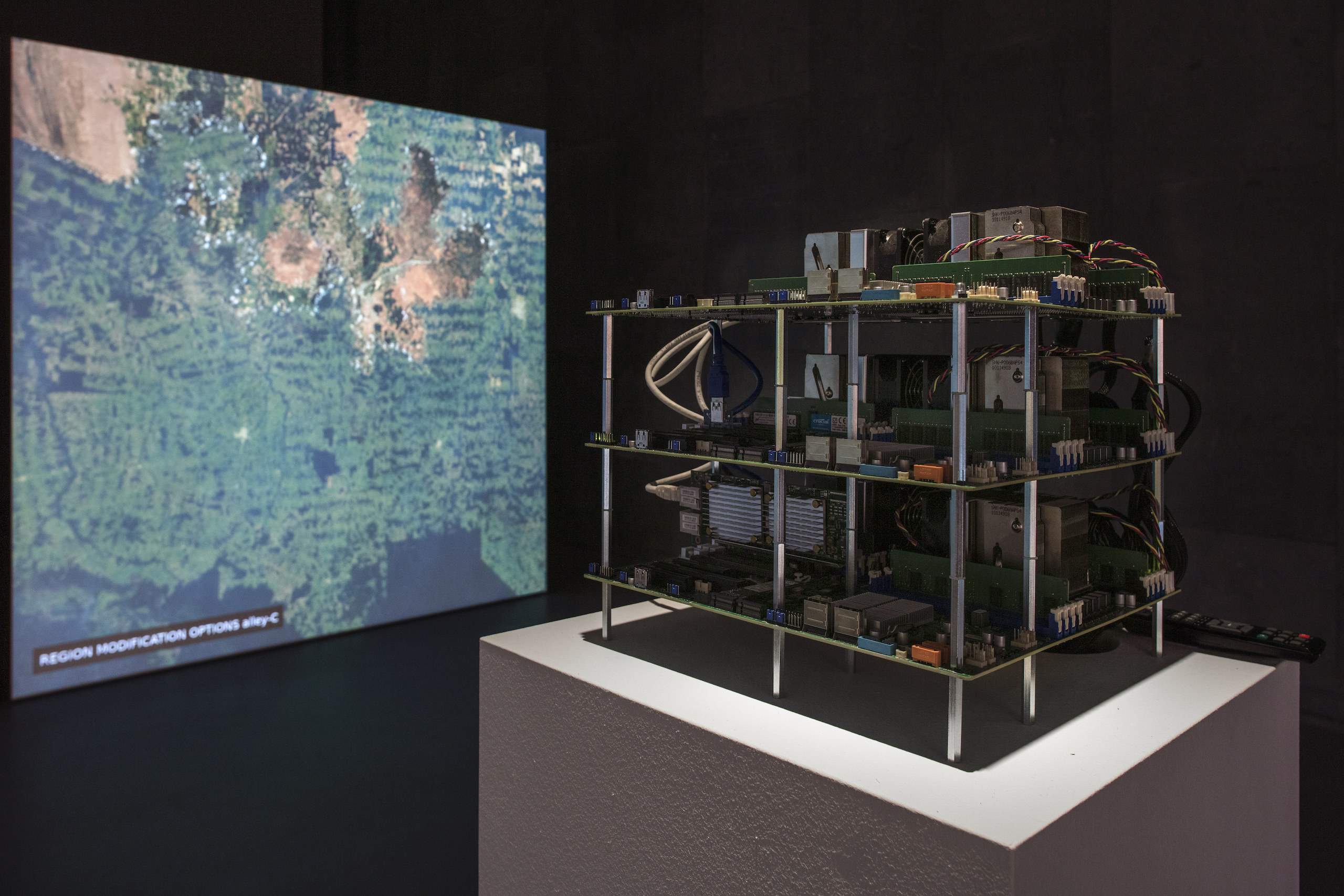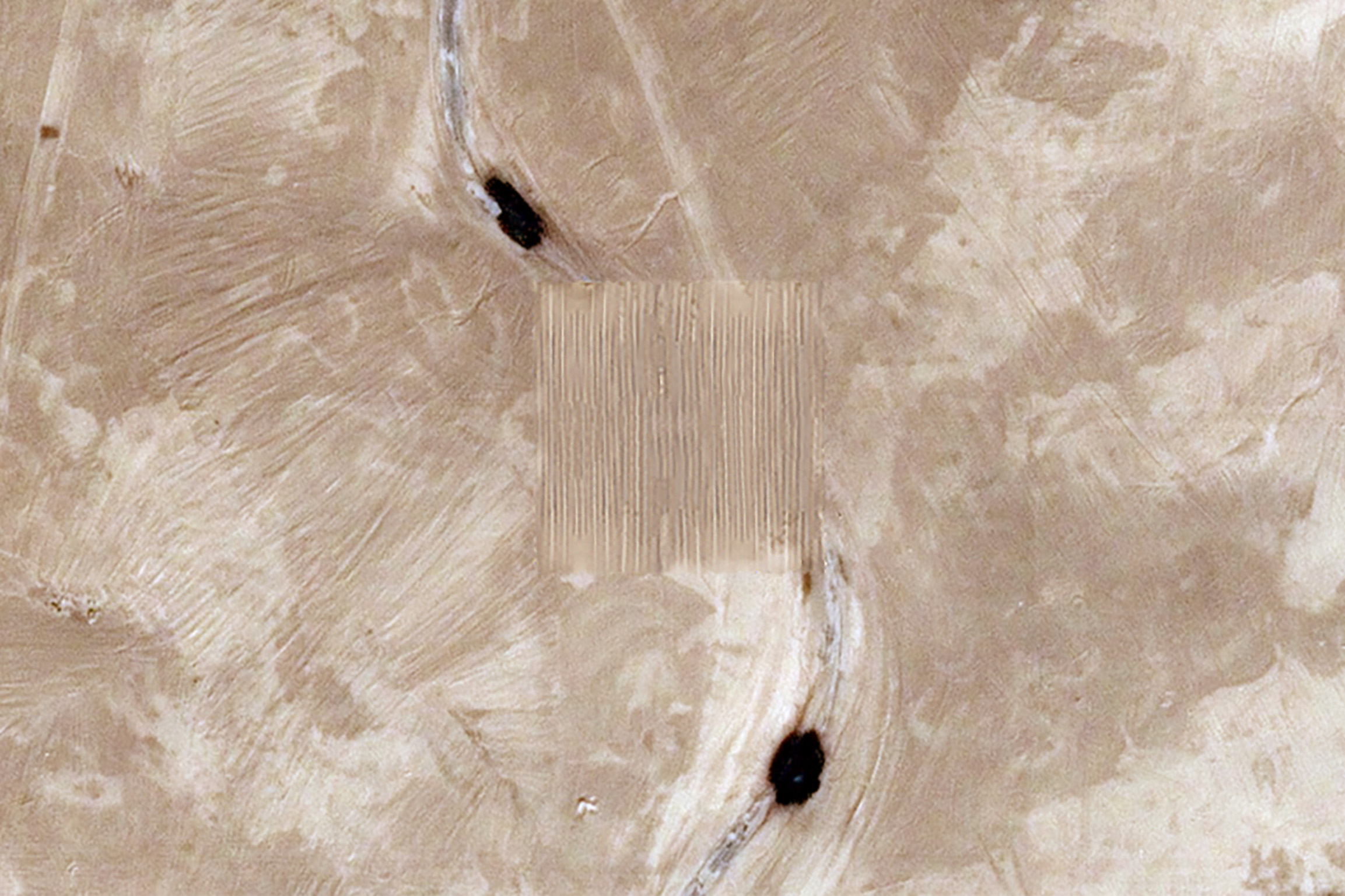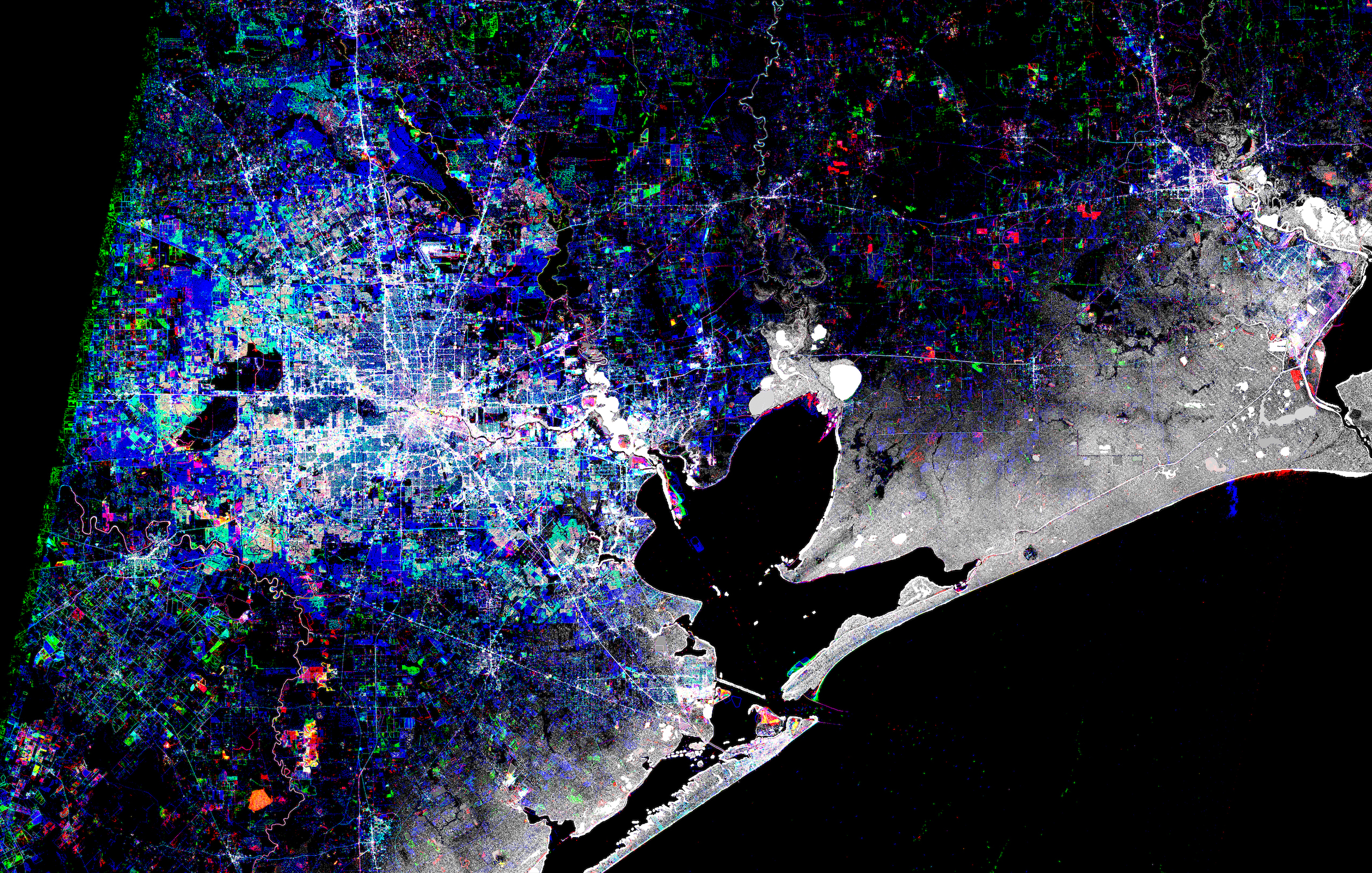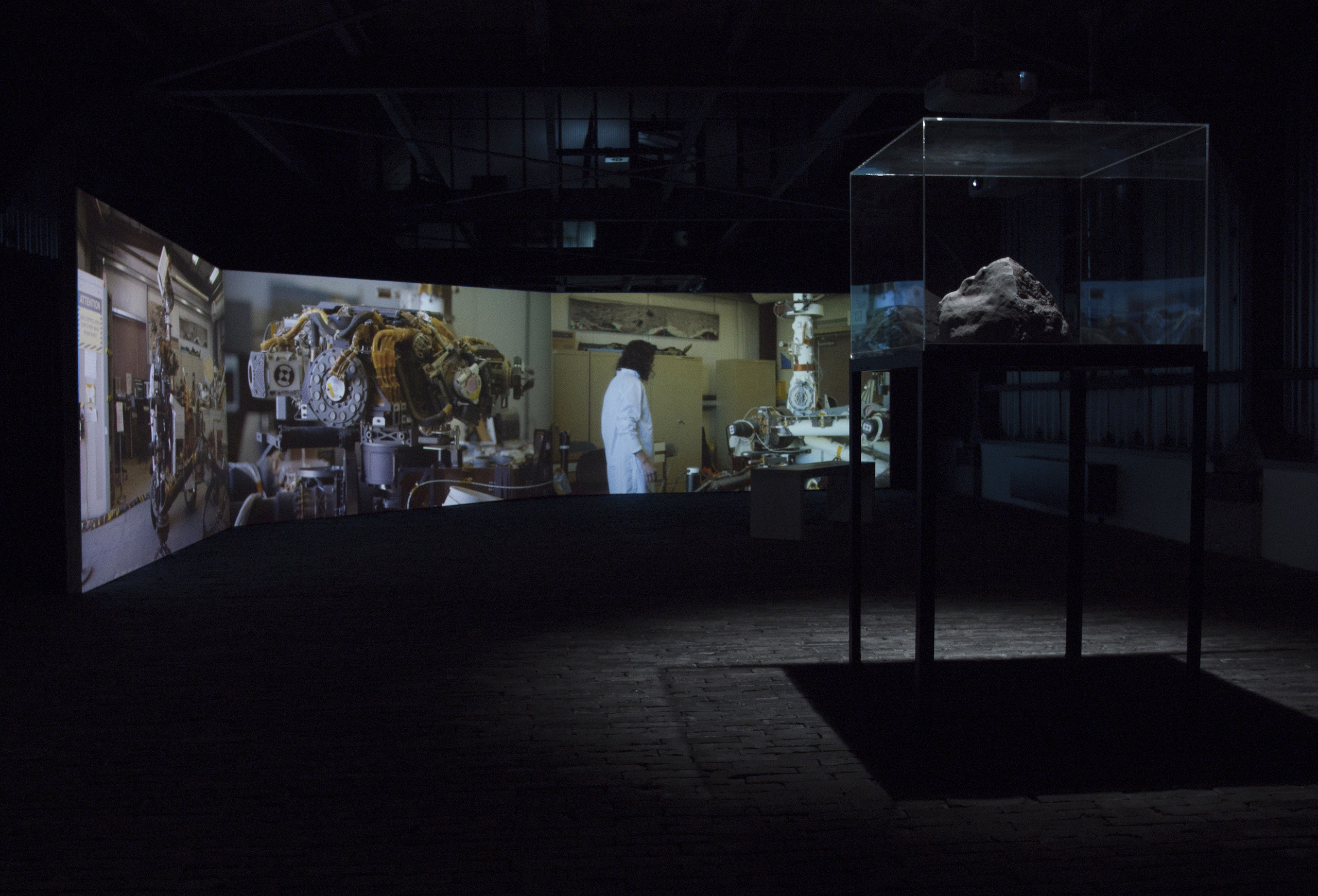
What if humans could have a different impact on Earth?
Starting 2 July 2022, a new exhibition will be opened to the public at the Old Observatory: More-than-Planet. This exhibit asks the question: how do we imagine our planet?
We live in a world in which 75% of the planet’s land surface is experiencing measurable human pressure. The way people imagine the planet has a substantial impact on the environment itself. Our environmental imagination is constructed by a number of underlying concepts, value systems, visual cultures and technologies used for portraying the Earth’s environment. However, these technologies are neither neutral nor societally inclusive.
To overcome that, the transdisciplinary artworks and methods showcased in the More-than-Planet exhibition open up a discussion on how technologies and art-driven innovation can help to reduce pressure on the environment. After seeing the exhibition, your own views on humanity might change.
Works and their artists
-

Asunder -

A Space War Monument -

Sensible Zone -

Photons from Mars
Asunder Tega Brain, Bengt Sjölén, Julian Oliver
Asunder responds to a growing interest in the application of AI to critical environmental challenges. It situates this approach as a literal proposition, combining state of the art climate and environmental simulation technology, a 144 CPU super-computer and Machine Learning image-making techniques. The result is a fictional 'environmental manager' that proposes and simulates future alterations to the planet to keep it safely within planetary boundaries, with what are often completely unacceptable or absurd results. Asunder questions assumptions of computational neutrality, our increasingly desperate reach for techno-solutionist fixes to planetary challenges, and the broader ideological framing of the environment as a system.
A Space War Monument Dani Ploeger
The perception of the Gulf War (1990-91) has been dominated by images of advanced military technologies, using Global Positioning System (GPS) and laser technology. That’s why the Gulf War has also been called ‘The First Space War.’ On the other hand, the ground offensive of Operation Desert Storm in the Kuwaiti desert also had decidedly low-tech aspects. Notably, armored bulldozers and mine ploughs were deployed by the US military to bury alive an unknown number of Iraqi soldiers. After the War, GPS technology was made widely available for civilian use and bulldozers for the construction industry were the first machines equipped with this technology. Thus, the contemporary GPS-enabled bulldozer can be seen as a civilian symbiosis of two prominent Gulf War technologies.
Sensible Zone Territorial Agency
In this research project, TBA21–Academy and Territorial Agency collaborated to connect new forms of visibility and understanding of the ocean brought by science, culture, and art. Linking scientists, artists, policy makers, and conservationists by way of shared images, data sets, and narratives, the project is structured as an instigation for new cognitive modes of encountering the ocean and a line towards attainable solutions. What emerges is a series of dynamic compositions that are disquieting and disorienting: the image of an empty ocean lingers on in many of us.
Photons from Mars Minna Långström
Photons of Mars is a multi-screen meditative installation with sculptural elements about micro and macro interconnections through image optics. The installation is a 17 min. version of the documentary The Other Side of Mars, however it is a completely independent piece. The main focus of the installation is on spatial representation and people’s movements without dialogue or voice-over. A model of the existing Martian rock, ”Jake Matijevic” in a glass vitrine opposes the projection screens. The installation is arranged in a way that invites viewers to just be present in these places, rather than steering the attention to a specific narrative.
If toxic air is a monument to slavery, how do we take it down? Forensic Architecture
Around the world, monuments to slave masters declare defiant allegiance to white supremacy. State authorities are finally bowing to longstanding activist demands to ‘take ‘em down’. Yet as the monuments recede from vision, the structural legacy of settler colonialism and slavery remains intact. In the US state of Louisiana, along 137 kilometres of the Mississippi River between Baton Rouge and New Orleans, lies a region once called ‘Plantation Country’, now known as the ‘Petrochemical Corridor’. Over 200 (and counting) industrial plants occupy the fallow footprints of formerly slave-powered sugarcane plantations.
Today, in the shadow of those plants, neighboring communities – mostly historic ‘freetowns’ inhabited by the descendants of people enslaved on those same grounds – breathe some of the most toxic air in the US. As industry poisons their air, it crushes the remains of their ancestors. Across the ruined mosaic of plantations, hundreds of Black cemeteries face desecration by frenzied development.
More-than-Planet is produced by the Waag Society and Old Observatory. More-than-Planet Exhibition is part of the Leiden 2022: European City of Science programme and a side event of the European Open Science Forum.
The exhibition is open to the public from the 2nd of July until the 23rd of December. See this page for visitor information.
